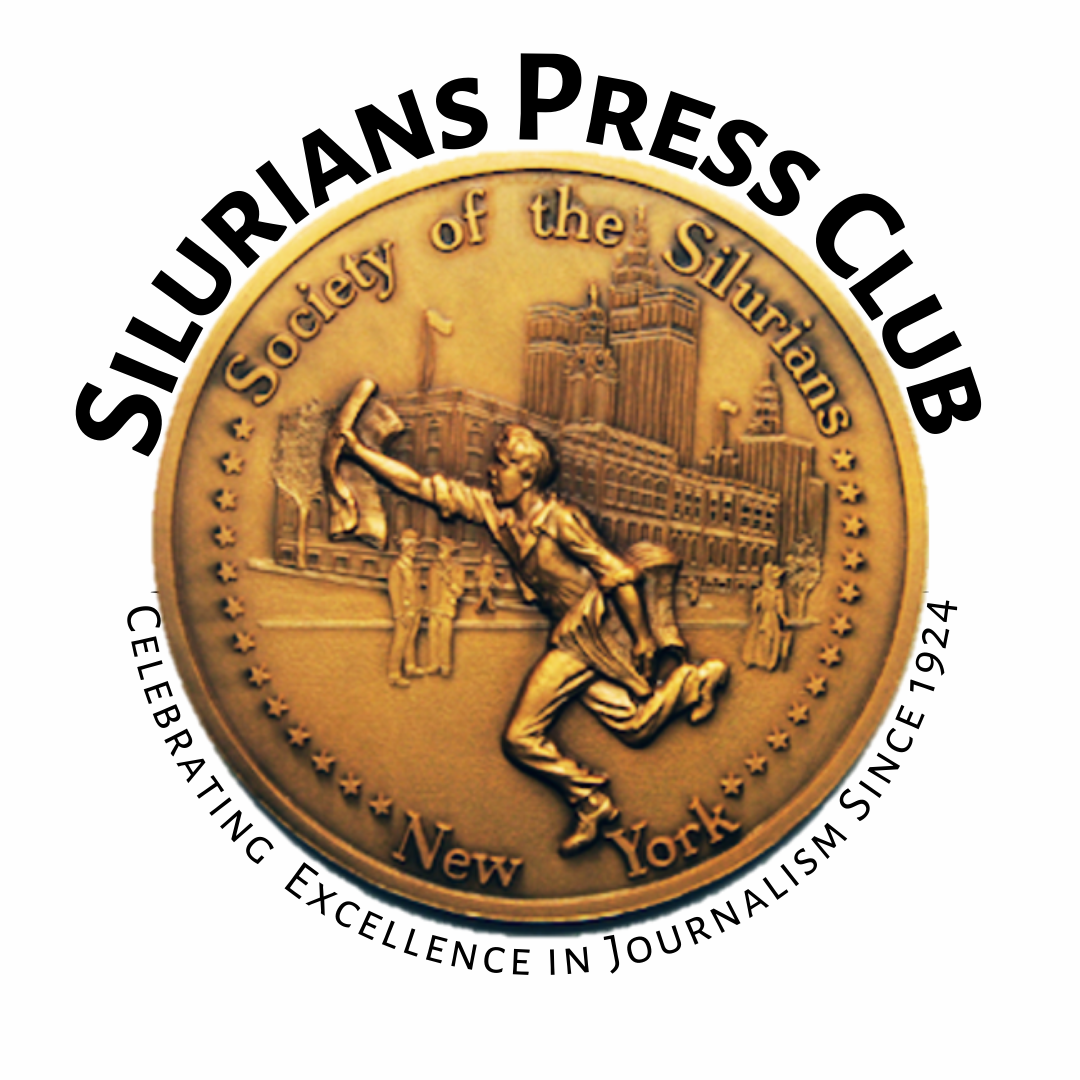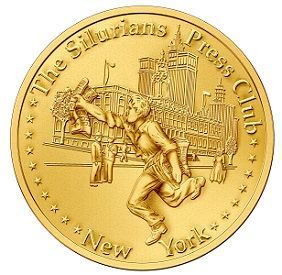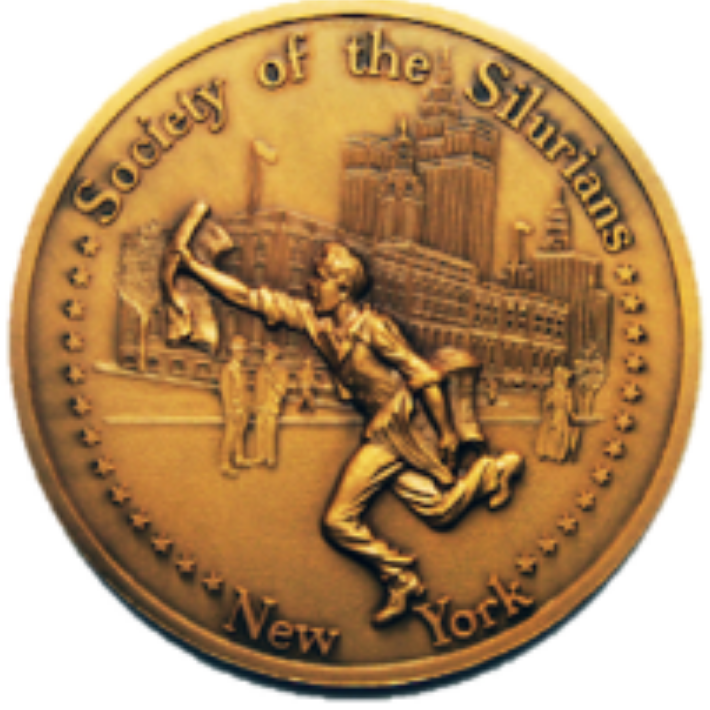Paper of Wreckage and the History of The NY Post
Delicious Deep Dive into "The Paper of Wreckage"
By David A. Andelman
When Silurian Joyce Wadler walked into the New York Post, “they were playing puff basketball in the newsroom,” she recalled. “When I went to The Times many, many years later, I walked in and I said, ‘this feels like an insurance office. These people just did not know how to have fun.’”
Joyce was only one of scores of excited Silurians who sat spellbound at times, more often in stitches, at the November lunch as two of the great names of Page Six, Susan Mulcahy and Frank DiGiacomo, reminisced about the paper’s heyday and their book, "Paper of Wreckage."
But it’s the subtitle—“The Rogues, Renegades, Wiseguys, Wankers, and Relentless Reporters Who Redefined American Media”—that says it all, and set the tone for this riveting gathering.
Silurian president Aileen Jacobson tapped Newsday’s Sheryl McCarthy to moderate because our guests “wanted someone who hadn’t worked at the Post.”
The authors took their audience through much of the Post’s history from Dorothy Schiff’s takeover in 1939 and into the Murdoch years, which Mulcahy described, quoting one reporter, “was like Sid Vicious taking over the Philharmonic.”
Whatever Schiff was—and it was many things—she was also inexorably cheap. “You couldn't take a taxi anywhere,” Mulcahy said. “If you got a letter that had an un-cancelled stamp on it, you had to steam it off and reuse it.”
Rupert Murdoch bought the paper in 1976 and, DiGiacomo said, “It was drastic. Frank Rich said it was ‘like the Nazis marching into Poland.’”
“There was a great deal of writing the headline before the story came and fitting the story to the headline,” DiGiacomo said, part of how the iconic “Headless Body in Topless Bar” headline happened.
Mulcahy cut in to explain. “The ADA who tried the case did say it was a topless bar, and really they sent somebody up to look in the window and they saw a picture of somebody topless and said, yeah, it's a topless bar.”
Bingo, page one: The Wood.
(Wood type dates back to before it was impossible to cast metal type that size, so the huge page one letters were carved out of blocks of wood.)
By the time Murdoch arrived on the scene, The Wood for the Post had come to serve a more critical, even exisential purpose. Because the Post had virtually no subscriptions, DiGiacomo said the front page headline “was the clickbait of its day.” In the early ‘80s there were eight editions a day and they would often change the wood for every edition.
Then there was the question of who, not what, would attract those special readers to part with their pocket change on a whim.
DiGiacomo said two people who moved newsstand sales were John Gotti and Donald Trump, “both referred to at different times as Teflon Don.”
“I became wary of him,” Mulcahy said. “I left Page Six in 1985, but Trump lied so often that I really became wary of running stories about him [but] I didn't ban him. I wish I had banned him from the column but you're having a slow news day…..There were probably too many instances of that. I will say, I did write a memoir in 1988 about doing Page Six and I had a half a chapter about what a liar Donald Trump is. But you know, that book did not sell well enough. Really the Post was the way he learned how to use the tabloids as essentially a public address system. Paved the way for what he is doing now and how he got into the White House.”
Then, along came the Internet and DiGiacomo waxed just a bit nostalgic. “The minute the Internet really took flight, gossip became an almost impossible thing to do on a daily basis,” he said. “All these websites began to specialize—whether it’s politics or restaurants.” Mulcahy cut in, “but their political coverage remains as insane as ever.”
Any number of Silurians, Post alums, played a role in the making of their book, but Mulcahy singled out one—past president Joe Berger, “who was the first one that I called [when research on the book began] because he wrote a terrific article in the Silurian newsletter about his experience at the New York Post, when he went to Egypt and they wanted him to go sit on a camel and say, ‘Our man in Cairo,’ and he refused to do it.”
We wind up with a tribute to the Silurian, longtime distinguished board member and Post impresario to whom the authors dedicated “Paper of Wreckage.” As Tony Guida observed, introducing him, “Myron Rushetzky, stand up and take a bow. You deserve it.”
David A. Andelman is a past president of The Silurians, a former New York Times and CBS News correspondent, and creator of SubStack’s Andelman Unleashed.




